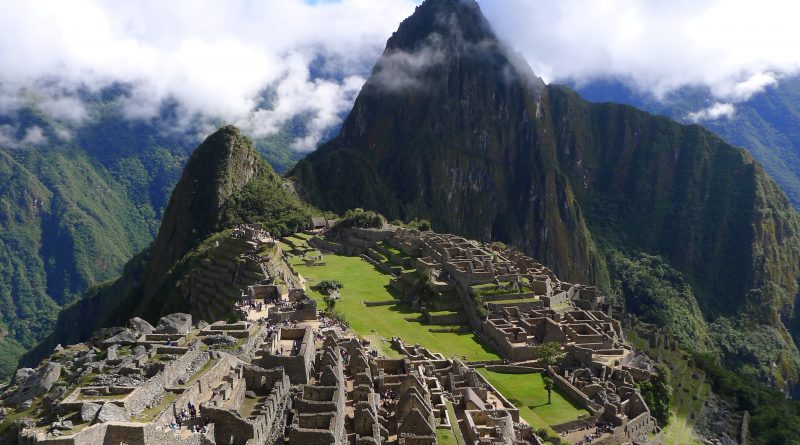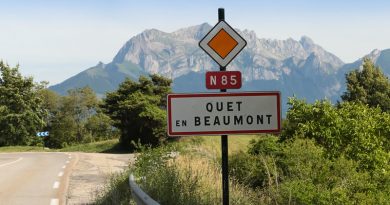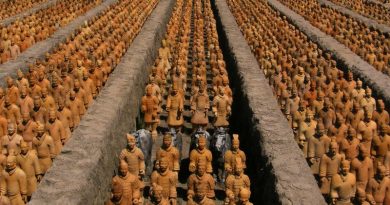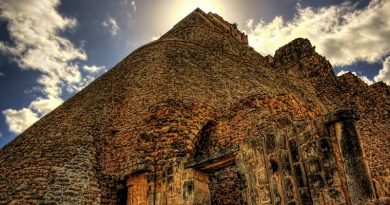Empire Builder Maya Backgrounder
| JOURNEY GUIDE | |
| 1. HIGHLIGHTS | |
| Yaxha, Guatemala (3rd – 6th Century AD)
Hidden in the remote jungle of northern Guatemala, the spectacular lost city of Yaxha wasn’t discovered until the early 20th century, despite the massive size of its temples and pyramids. Substantially cleared of its jungle overgrowth only in recent years, it’s now a remarkable sight.
Palenque, Mexico (7th Century AD) When Palenque’s greatest ruler Pacal the Great died in 683 AD at the then remarkable age of 80, he was buried beneath a fabulous funerary monument, today known as the Temple of the Inscriptions. Palenque is adorned with many other magnificent buildings constructed by Pacal the Great, yet mysteriously only just over 100 years after his death the once great city was utterly abandoned…
Copan, Honduras (8th Century AD) Copan is renowned for its Hieroglyphic Stairway, the longest known Maya hieroglyphic text. Following the modern rediscovery of many ancient Maya cities lost in the jungle for nearly 1000 years, Maya hieroglyphs were once completely unreadable, but the language has been substantially deciphered in recent decades, providing priceless insights into the history of the ancient Maya.
Tikal, Guatemala (8th Century AD) A huge city, covering over 6 square miles, with a population of perhaps as many as 100,000, remarkably Tikal was built in very difficult terrain without any water source apart from rainwater. Towering above the rainforest, the spectacular 150 feet high Temple 1 (which famously featured in ‘Star Wars’) contains the tomb of probably the greatest king of Tikal, buried inside in 734 AD.
Uxmal, Mexico (9th – 10th Century AD) Built not in the rainforest, but in the arid Puuc region of Mexico’s Yucatan peninsula, this is as a result one of the best preserved of all ancient Maya cities. The city may well have been abandoned in the 11th Century due to a severe drought, and the vital importance of rainwater to the city’s survival is indicated by the many images of the Maya rain god Chaac decorating the city’s temples.
Chichen Itza, Mexico (10th – 12th Century AD) One of the most magnificent of all ancient Maya cities, the centrepiece here is the great Temple of the Feathered Serpent, otherwise known as El Castillo. Recent evidence suggests it may have been built on top of a huge cenote (a circular sinkhole common in the Yucatan, vitally important in this arid region for allowing access to the underground water table). Linked by a causeway to El Castillo is another cenote still open to the elements, the famous ‘Well of Sacrifice’, in which archaeologists have found numerous skeletons of people sacrificed by the Maya to the rain god Chaac.
Tulum, Mexico (13th – 16th Century AD) One of the most recently built ancient Maya cities, thriving from the 13th Century onwards, this spectacularly located trading port on the cliffs of the Yucatan coast was one of the few Maya cities still occupied when the Spanish conquistadores arrived in the New World in the early C16th.
Mixco Viejo, Guatemala (15th – 16th Century AD) Within a few decades of the first Spanish ships sailing past Tulum in 1518, most ancient Maya cities in Central America that remained occupied had been captured by the Spanish. The Maya’s greatest weakness was that they had never formed a unified empire, but comprised instead a series of competing city-states or ethnic groups. Using the age-old tactic of ‘divide and rule’, the Spanish played off one Maya group against another before turning on the first. The Kaqchikel Maya at Mixco Viejo, in the Guatemalan highlands, initially allied with the Spanish in order to defeat their longstanding Quiche Maya enemies, but were soon defeated and subjugated themselves.
Flores Island, Guatemala (1697) Here on an island in a lake in the remote jungle of northern Guatemala the last unconquered Maya kingdom made a heroic but doomed last stand against the Spanish. On 13th March 1697 the city was finally captured, marking a sad end to well over 1000 years of proudly independent Maya history.
|
|
| 2. CLIMATE: | |
| When To Go:
The best time to visit Guatemala is in the winter (December – March) when the weather is relatively dry and cool, avoiding the hot, sticky rainy season during the summer.
The best time to visit the Yucatan peninsula in Mexico, where most of the country’s ancient Maya sites are located, is also during winter (December – March) when temperatures are cooler.
|
|
| 3. TRAVEL: | |
| Getting There: International/domestic travel by air, sea, road (max. 100 words)
To get to Mexico’s Yucatan peninsula, you can either fly directly to Cancun International Airport, or via Mexico City.
There are direct flights to Guatemala City International Airport from some destinations, but many travellers find it easiest to fly via the US or Mexico.
To reach Copan in Honduras many visitors travel overland, as it’s only a short distance across the border from Guatemala.
|
|
| 4. TOP TENS | |
| Must See and Dos – e.g. attractions or activities along the way(max. 10)
1. Tikal, Guatemala 2. Yaxha, Guatemala (near Tikal) 3. Flores Island, Guatemala (near Tikal) 4. Mixco Viejo, Guatemala (near Guatemala City) 5. Copan, Honduras
|
|
| 5. SLEEP | |
| List any hotels, guesthouses, hostels, B&Bs featured or stayed in along the route:
1. Hotel PanAmerican, Guatemala City 2. Jungle Lodge, Tikal
|
|
| 6. USEFUL WEBSITES | |
| Websites used to research show – include tourist office, museums, galleries, iconic buildings etc.
|
|
| 7. USEFUL BOOKS | |
| List any books you used to research/prepare show
1. Lonely Planet Cancun, Cozumel & the Yucatan 2. Rough Guide to Guatemala 3. The Maya: Palaces & Pyramids of the Rainforest 4. Lost Cities of the Maya
|
|




